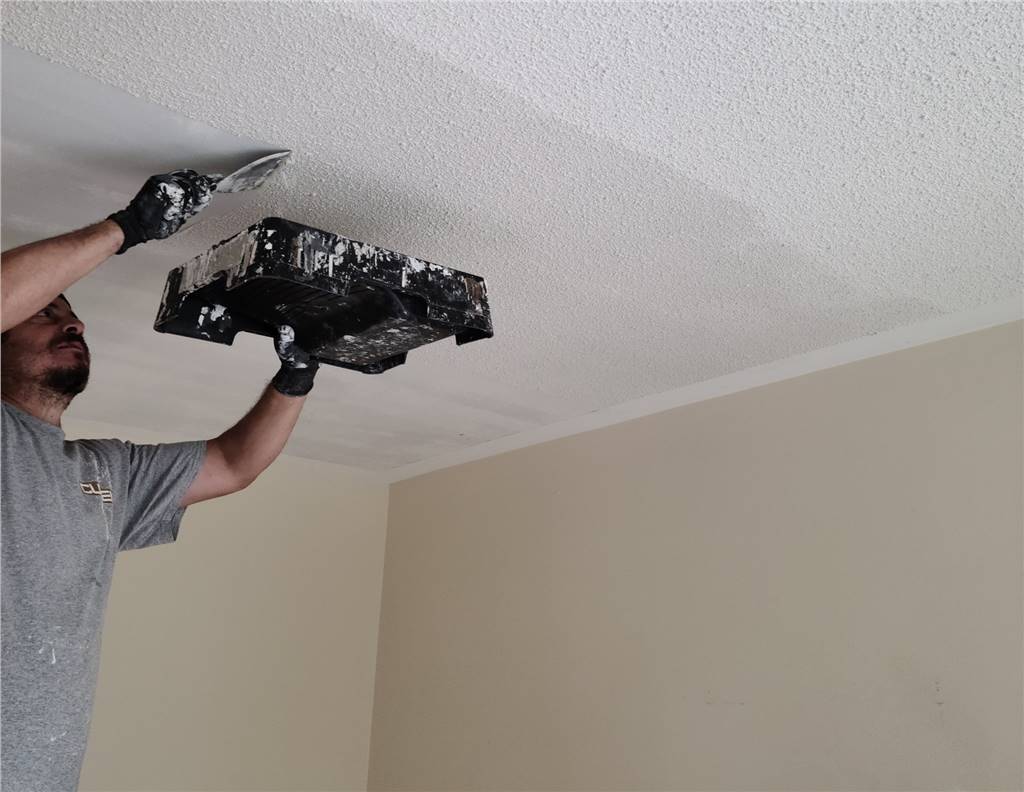Drain Cleaning Perth is important to keep your plumbing and sewage systems working properly. Keeping your drains free of gunk can prevent blockages from becoming severe and costly to repair.
Some clogs are easily cleared with a plunger or household baking soda and vinegar, but larger or tougher ones need professional help. Here are some methods that professionals use to clean drains.

One of the most effective methods for drain cleaning is hydro jetting. This involves using a highly pressurized water jet to blast away any debris that has accumulated inside your pipes and remove stubborn clogs. This method is quick and cleans the entire pipe length, leaving your plumbing system in tip-top shape. It can also clear tree roots that have infiltrated your sewer lines.
Hydro jetting is especially useful for severe blockages that have not responded to traditional methods, like snaking or chemical cleaners. The high-pressure water jets can break apart and remove even the most stubborn grease, soap scum, or mineral deposits from your pipes. The scouring action of the water also eliminates the odor-causing food particles that are often trapped in the drains. The process is fast and can be completed within a few hours, saving you valuable time and money.
The high-pressure water jets also clean your pipes thoroughly without causing any structural damage, which can help prevent costly repairs in the future. Moreover, it is safer than liquid drain cleaners because it does not contain any chemicals that can contaminate your home and the environment.
Another benefit of hydro jetting is that it can be used in homes with older pipes. However, it is essential to have your drains inspected before using this method. Some pipes may be too fragile to handle the intense pressure of the water. A plumber can determine if your pipes are suitable for hydro jetting during an onsite inspection.
If your clogged drains aren’t addressed promptly, they can cause serious health problems. Untreated sewage backups can lead to dangerous bacteria, viruses, and other contaminants that can spread throughout your house. Therefore, it’s important to take precautionary measures to protect your family and your property. If you notice that your drains are not working properly, call Patrick Riley | Isley’s immediately for hydro jetting services. Our professional plumbing technicians can quickly and safely remove all clogs, blockages, and other debris from your drains and sewer line. We will also use a video inspection to check your sewer lines for any potential damage.
Plumber’s snake
A plumber’s snake (also known as a drain auger) is an essential tool for removing stubborn, difficult-to-reach blockages in plumbing lines. It’s a long, flexible metal cable with a handle on one end and a corkscrew-shaped head on the other. The snake is fed into a drain pipe until it meets the obstruction, then rotated to break up or hook the clog. The clog is then pulled out along with the snake.
A plumbing snake can be used to unclog toilets, bathtubs, sinks, and other drains. To use the snake, first remove any covers or grating over the drain opening. This will give you a better view of the obstruction and allow you to feed the snake into the pipe. If you’re snaking a toilet, place an old towel down to catch the mess. To avoid damaging the pipe or plumbing, it’s important to use a snake with the proper size and type for your pipes. An improperly sized snake could get stuck, loop back on itself, or scrape the interior of the pipes.
To use the snake, insert the tip into the drain or pipe opening and slowly crank the handle to advance it. Once the head of the snake reaches the obstruction, gently apply pressure to it while rotating it. Avoid using excessive force, as this can damage the snake or the pipes. The goal is to disintegrate or latch onto the clog, then pull it out and flush it away.
Home improvement stores carry a variety of affordable plumbing snakes for DIYers. However, you may need to call in a professional if your drain is very deep or made of metal that won’t budge with a snake. Professionals also have access to a wider range of snake heads for specific jobs, and can extend the snake’s reach if necessary. In addition, they can use high-pressure water jets to blast through stubborn clogs and prevent them from returning. A professional can also help prevent future blockages by recommending regular maintenance like installing metal screens and sink traps, as well as a water softener that helps keep mineral build-up from damaging pipes.
Baking soda and vinegar
Baking soda and vinegar are a popular natural drain cleaner and can be used in place of chemical products. The combination produces a fizzing reaction that breaks down organic clogs and dissolves certain types of mineral deposits. This method is inexpensive, safe for the environment, and can be used on sinks, tubs, showers, and garbage disposals. However, it is important to use this method in a well-ventilated area and to wear rubber gloves to avoid contact with any residue that may remain in the drain.
Before using baking soda and vinegar to clean a drain, remove any visible debris and hair from the drain cover or strainer. This will help prevent the clog from spreading and will allow the solution to work more effectively. It is also important to ensure that the trap and vent pipes are clear of obstructions.
Once the drain is cleared, pour a large pot of boiling water down the drain to flush out any remaining baking soda and vinegar. Repeat this process once a week to keep your drains and garbage disposals free of clogs and odors.
While this method is effective for minor clogs, it is not suitable for serious blockages. It is also not recommended for metal pipes, which can be damaged by the acidic vinegar. In addition, the chemical reaction that occurs between baking soda and vinegar produces carbon dioxide gas that can build up inside the pipes and create pressure.
Another natural drain cleaning option is to mix hot water with liquid grease-fighting dish soap, such as Liquid-Plumr. The combination will break down greasy fats, dissolve hair clogs, and remove odors. It is also a good idea to regularly flush your drains with boiling water to prevent future clogs.
Although Coca-Cola may seem like a promising natural drain cleaner, it is not very effective in most cases. The sugar in the drink can actually clog your pipes, and the phosphoric acid in the soda will react with vinegar to produce more carbon dioxide gas, which can further damage your pipes. In most cases, it is best to use a plunger or drain snake to remove the clog.
Chemical cleaners
Chemical drain cleaners are often sold as a quick fix for clogged pipes, but they’re not without their risks. These products typically contain toxic chemicals that can damage your pipes, overwork your plumbing system, and even cause environmental damage. Here’s why you should skip the chemical drain cleaners and opt for a professional plumbing service instead.
Safety Concerns
Chemical drain cleaner products usually contain caustic substances like sodium hydroxide (also known as lye), which can cause serious burns if it comes into contact with your skin, eyes, or lungs. They also generate fumes that can irritate the nose, throat, and lungs, triggering asthma or respiratory issues. Inhaling these fumes can also be deadly if the chemicals are inhaled over an extended period of time.
They’re also dangerous to use in environments where there are children or pets. These products can corrode metal pipes and cause plastic pipes to weaken or break. They can also be damaging to septic systems, which rely on natural bacteria to breakdown waste and keep the plumbing system running smoothly.
Most chemical drain cleaners work by generating heat to melt or dissolve clogs. They also use chemical reactions to donate or receive electrons from the clog-causing substance. Caustic cleaners use a reaction involving sodium hydroxide to decompose hair, fats, and oils into water-soluble compounds. Oxidizing cleaners use household bleach, peroxide, or nitrates to oxidize organic materials and break them down into smaller molecules that can be washed away.
These chemical cleaners aren’t effective for serious or complete blockages. They can also be harmful to your plumbing system if used frequently or if the clog is caused by an obstruction that’s too large for them to break up. They can also be corrosive to older metal pipes and may soften or wear down PVC pipes over time.
Chemicals in chemical drain cleaners can also seep into groundwater and rivers, contaminating the environment and causing harm to plants and animals. If you’re concerned about the environment, choosing a professional plumbing service that uses eco-friendly drain cleaning methods like hydro jetting is a better option.


![21 Bathroom Remodel Ideas [The Latest Modern Design]](https://i.pinimg.com/736x/99/08/5c/99085ca38bab005bea47c338a0928d72.jpg)
